Is Dry Needling like Acupunture?
Dry needling is an innovative therapy used to relieve muscle pain and improve overall health. If you’re located in Scottsdale, you’re in luck as Scottsdale PT Performance offers this cutting-edge treatment. In this post, we will explore the benefits of dry needling and what you can expect during a session.
Ankles: Mobility for Golf
These joints need to be mobile. During the back swing, the lead ankle (left in this case) will move into eversion. At this exact time, the trail foot (right in this case) needs to move into inversion. The opposite is true for the downswing.
Improper ankle mobility could lead to a slide for your golf swing. Decreased mobility in the ankle is more common than people think and can impact your game.
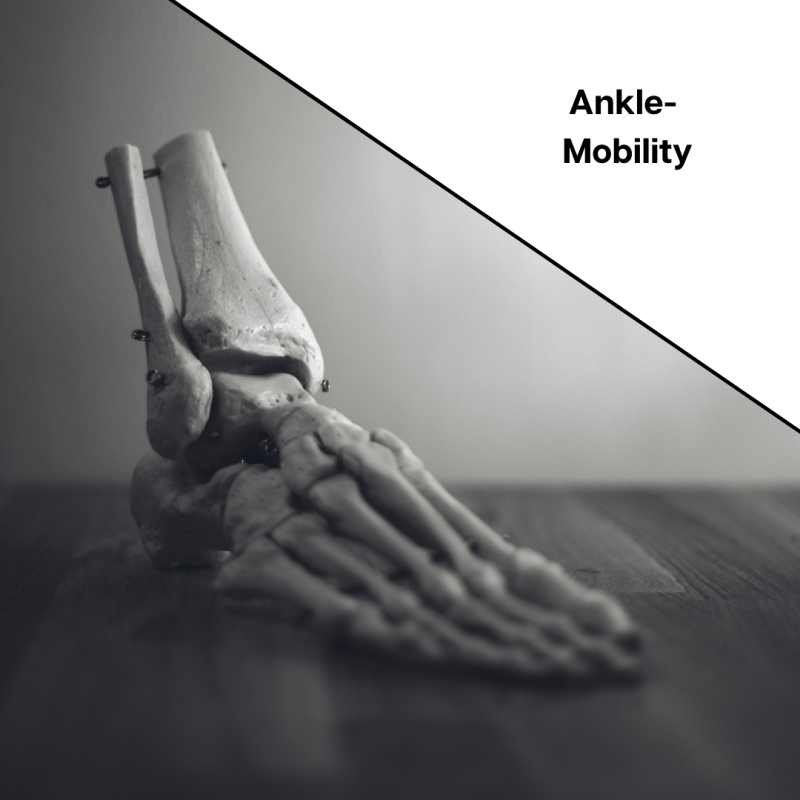
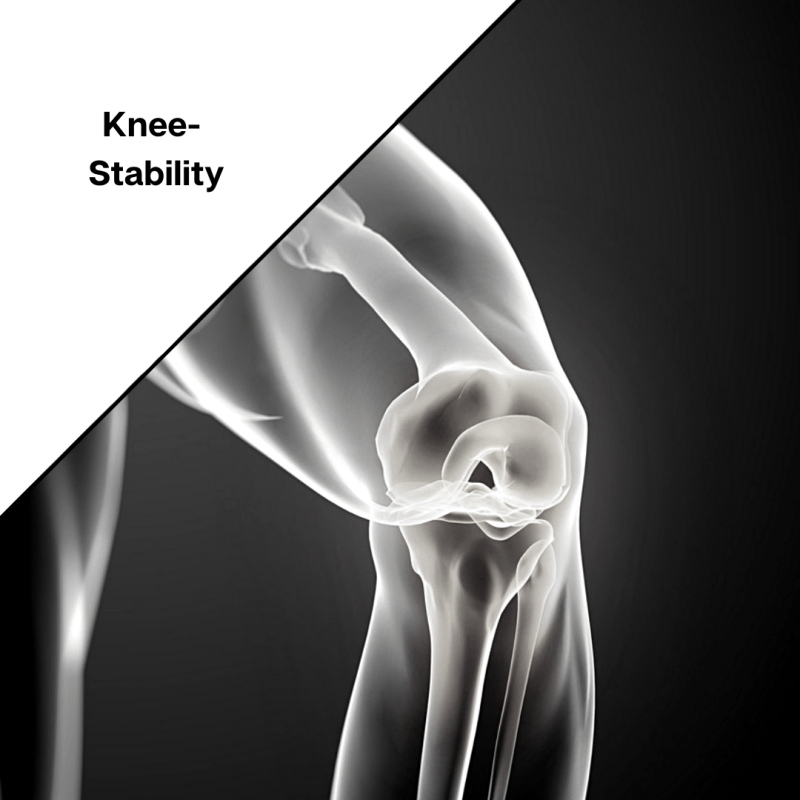
Knees: Stability for Golf
The knees are a source of stability in the golf swing. The knee joints have several muscles it relies on for stability. Some of these muscles originate from the pelvis. Therefore, if the knee moves awkwardly, it is more likely not coming from either the hip, the ankle, or both. Therefore, proper screening should include the hips and ankles.
Hips: Mobility for Golf
The hips are a source of mobility. It is one of the most critical factors (in addition to the thoracic spine) in avoiding back pain with the golf swing. In the back swing, the trail leg needs to internally rotate while the lead leg externally rotates. Transitioning from the backswing to the downswing requires the trail leg to externally rotate while the lead leg internally rotates.


Low Back: Stability for Golf
The low back is a source of stability. The low back has little motion, especially with rotation and side bending, which means the joints above (the thoracic spine) and below (the hips) need proper mobility. Decreased mobility in either body region may cause low back pain during the golf swing.
Thoracic Spine: Mobility for Golf
The thoracic spine is a source of mobility. Mobility in the thoracic spine is crucial; having decreased motion here will tend to put more stress on the stable joints around it. Movements include: right rotation, left rotation, right side bend, left side bend, flexion, and extension. Here is an example of athoracic mobility drill

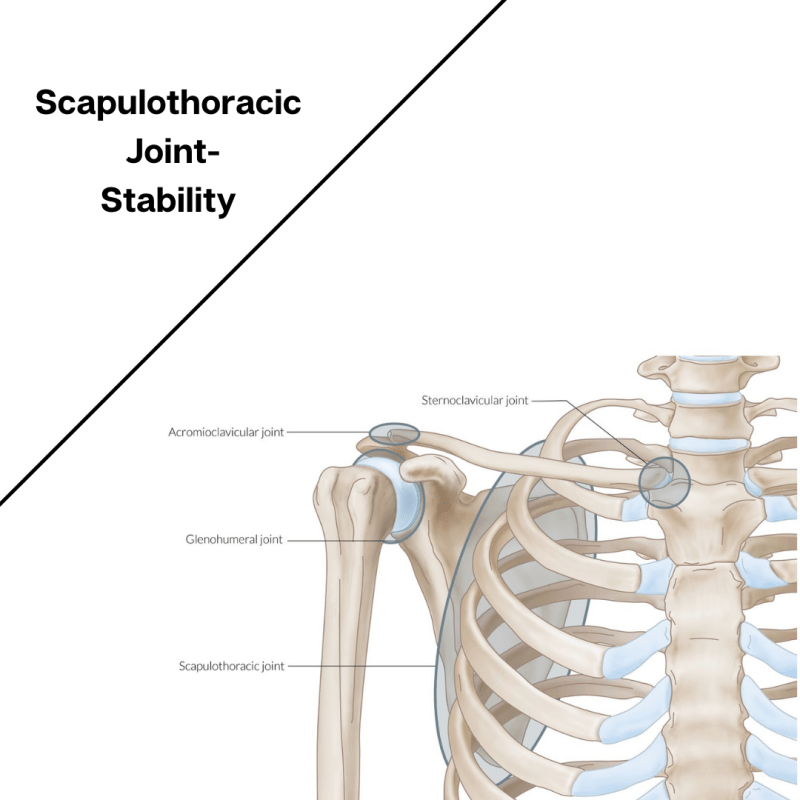
Scapulothoracic: Stability for Golf
This joint needs to be stable. Decreased mobility at the Glenohumeral Joint or the thoracic spine can increase the stress through this region.
Shoulder: Mobility for Golf
The shoulder needs to be a source of mobility. The lead shoulder will adduct and internally rotate during the back swing, while the trail shoulder will mainly rotate externally. During the downswing, the lead shoulder will externally rotate, abduct, and horizontally abduct. The trail shoulder will internally rotate, adduct, and horizontally adduct.
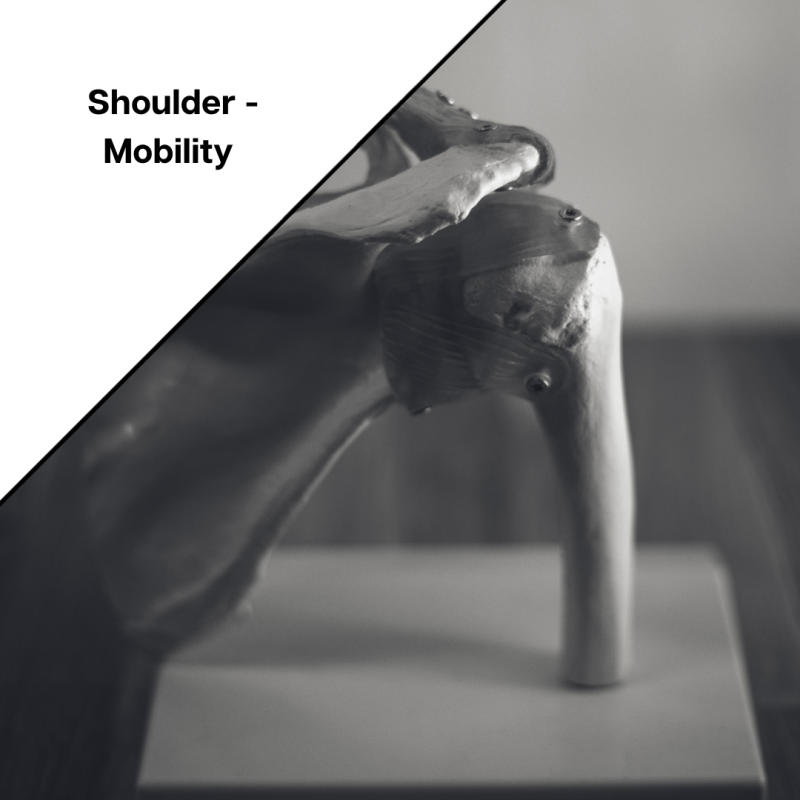
Summary:
As you can see, there is a pattern here. Mobility and Stability alternate up the chain.
Ankle-Mobility,
Knee-Stability,
Hips- Mobility,
Low Back- Stability
Thoracic Spine- Mobility
Scapulothoracic- Stability
All of these patterns should be trained in golf training. Interested to know more about golf rehab? Click here
Author
Dr. Tyler is a physical therapist and founder Scottsdale Physical Therapy & Performance in North Scottsdale, Arizona. He see golfers, MMA athletes and active adults. His focus is offering one-on-one sessions for 1 hour focused on developing individualized programs to get you back to your goals.
If you have any questions about online programing or want to stop in for a visit, please reach out by hitting “request appointment” in the top of the page.
– Dr. Tyler PT, DPT, FAAOMPT, TPI-2
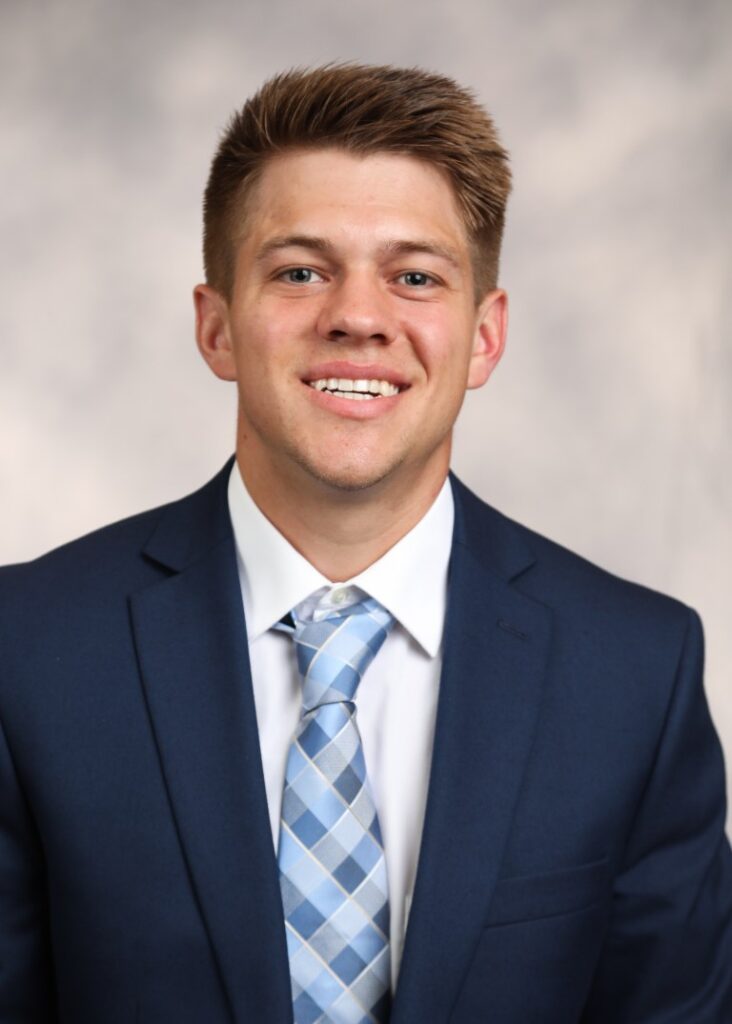
Want to learn more about Scottsdale Physical Therapy & Performance? Click here
Socials
Facebook-f
Instagram
Tiktok
Linkedin








